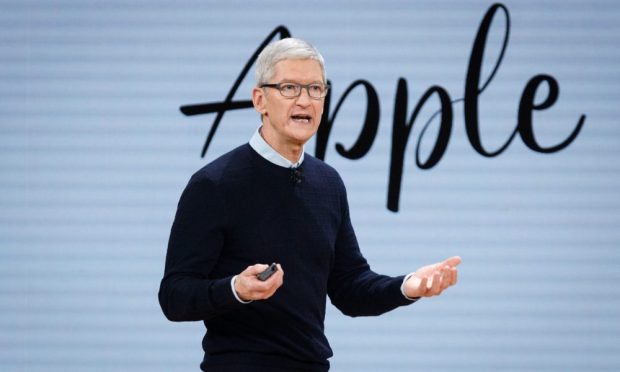Apple Trims Hiring In Wake Of iPhone Sales Slowdown

Apple CEO Tim Cook revealed to employees earlier this month that the company will cut back on hiring for some divisions.
Citing sources familiar with the matter, Bloomberg reported that the move is due to weak iPhone sales, as well as the company slashing its revenue forecast for the holiday quarter. Cook, however, assured employees that Apple would not be implementing a hiring freeze. While he has yet to decide which divisions would be impacted by the hiring reductions, he did note that groups such as the artificial intelligence team would still continue to bring on new talent. The announcement also won’t hinder the launch of new offices in Austin, Texas, and an expansion in the Los Angeles area will still proceed as planned.
The company had been steadily hiring new workers over the past decade. Last year it added about 9,000 workers, while a year earlier, it hired around 7,000 employees. Then earlier this month, Apple slashed its revenue guidance for the holiday quarter to $84 billion from between $89 billion and $93 billion, marking the first time the company has reduced its sales forecast in nearly two decades. In a letter to investors, Cook blamed weaker iPhone sales due to economic and industry issues, especially in China. The fact that fewer consumers have been upgrading their iPhones has also contributed to the lower-than-expected sales.
Still, Cook refuses to blame “external forces,” telling employees that the company needs to use this as an “opportunity to learn and to take action.”
But while Apple’s shares fell less than 1 percent on Wednesday (Jan. 16) after the report on hiring reductions, one analyst said in late December that the company could see double-digit share declines in 2019.
“We’ve seen (Apple) on valuations even lower than where they are today,” said Pelham Smithers, managing director of Pelham Smithers Associates. “And with the Qualcomm lawsuit, smartphone exhaustion, and trade worries, we could easily test those historic lows, which would mean up to 25 percent downside from here.”
